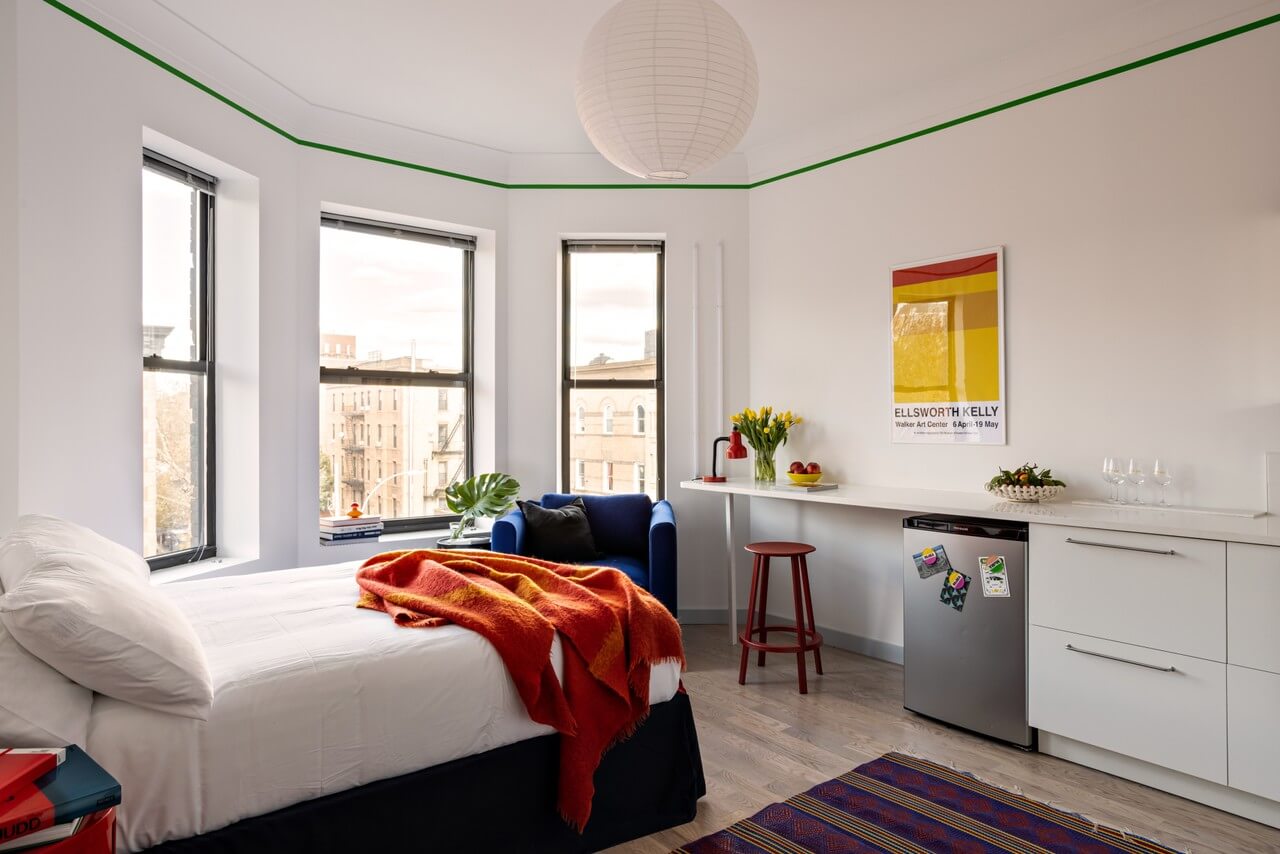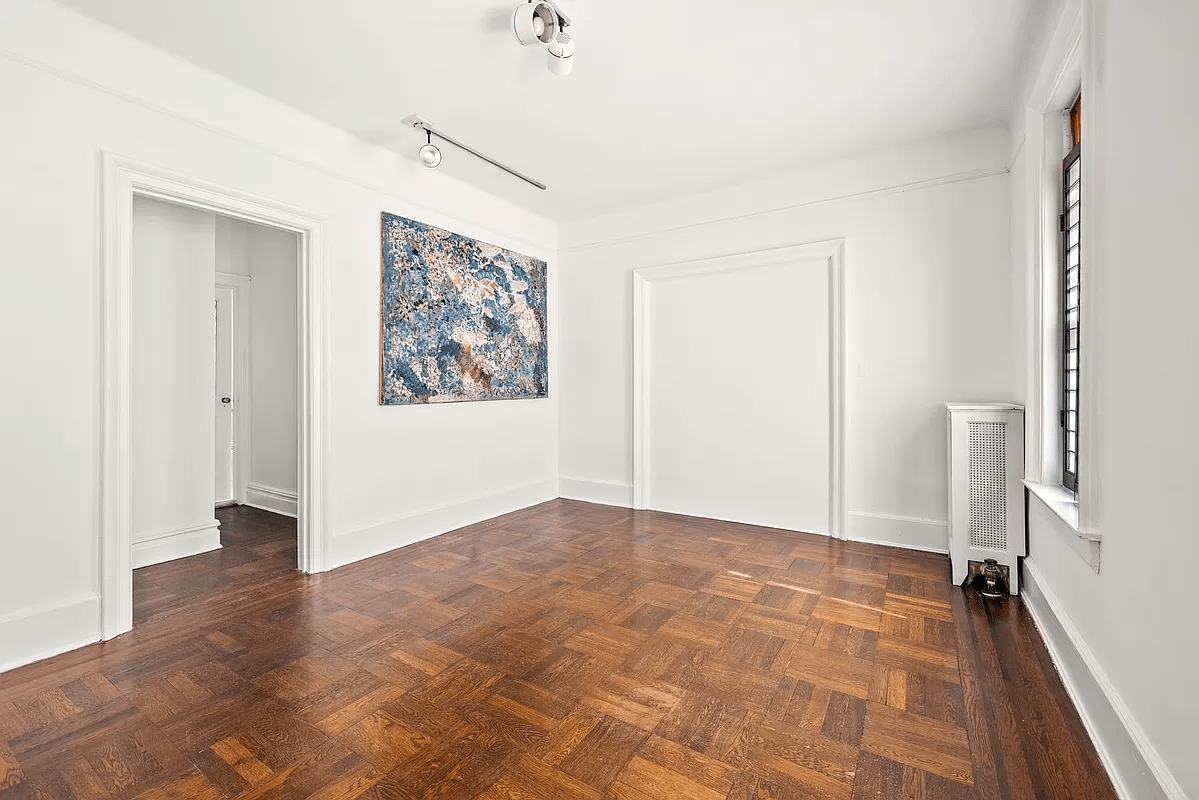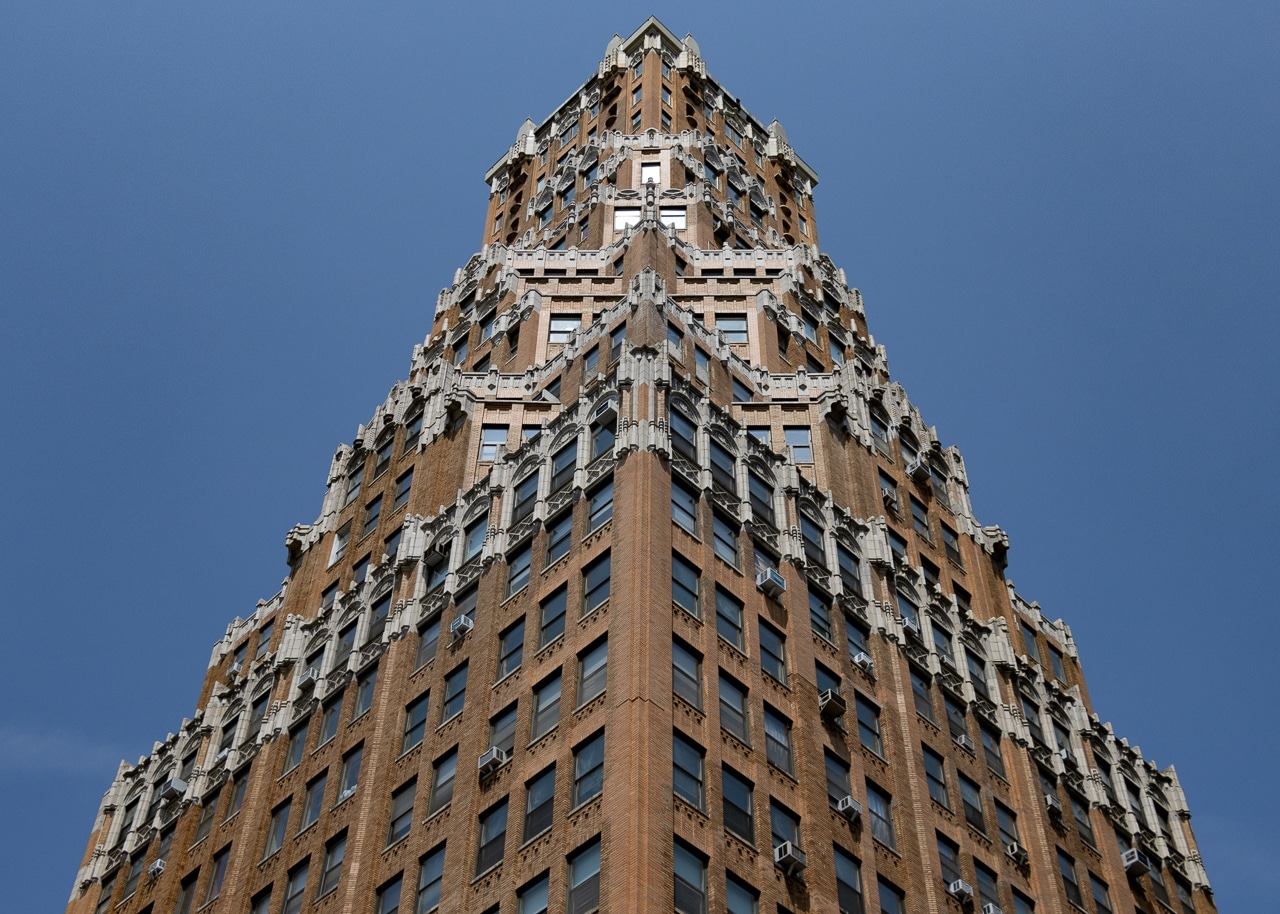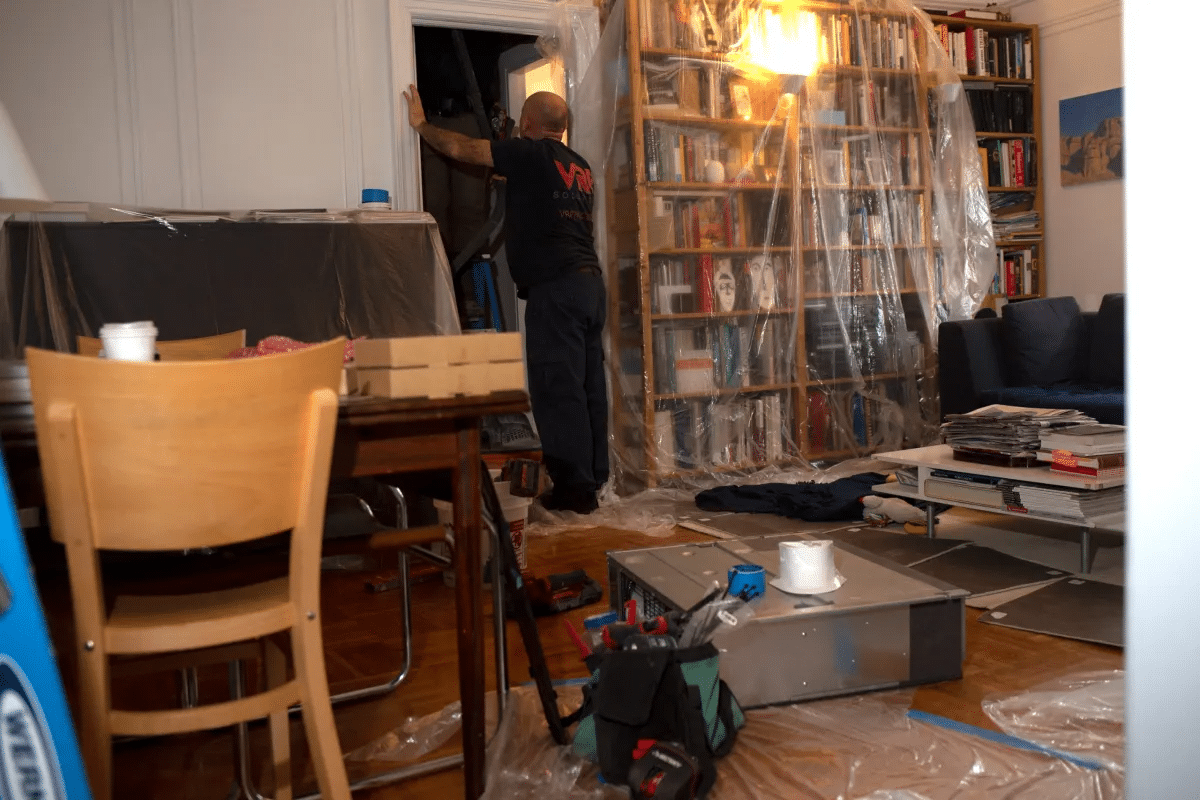Walkabout: The Business of Amusement, Part 3
(Postcard of Steeplechase Park’s Pavilion of Fun, 1908) Read Part 1, Part 2 and Part 4 of this story. From the first restaurant and bathing pavilion in the 1868, to the first Steeplechase Park, built by son, George, the Tilyou’s have had Coney Island and the business of amusement in their hearts and minds. By…

(Postcard of Steeplechase Park’s Pavilion of Fun, 1908)
Read Part 1, Part 2 and Part 4 of this story.
From the first restaurant and bathing pavilion in the 1868, to the first Steeplechase Park, built by son, George, the Tilyou’s have had Coney Island and the business of amusement in their hearts and minds. By the time George Tilyou had begun Steeplechase Park, there were several other amusement parks on Coney Island, as well as small independent operators with a ride here, a booth there, a restaurant, hotel, or saloon on the streets near Surf Avenue. Between 1897 and 1907, Steeplechase Park had become the very popular park where fun meant rolling on the floor, tossed around by centrifugal forces, having your skirts lifted by pressurized air jets, and riding on exciting rides like the park’s namesake, the Steeplechase. This could have all ended with the devastating fire that roared through the park in July of 1907, but for George Tilyou, it was an opportunity to persevere, restock, and rebuild. By 1908, he was back.
Coney Island attractions brought thousands of people to the parks. It was inevitable in those days when no one would have thought of not smoking, that fire would destroy many of them. It was just too easy. Most of the buildings, no matter how ornate , tall, or fancy on the outside, were merely wooden frame buildings closer to stage sets than brick and mortar permanent buildings. In many of them, draperies and scrims masked the inner workings, and some attractions worked with fire and flammable materials as a matter of course. Add to that tons of paper and cloth rubbish, general trash, and the cheap materials and short tempers of the seedy Bowery district, and it’s really more of a miracle that the entire area wasn’t a constant conflagration several times over. After the Steeplechase fire, the city finally mandated that new construction in amusement parks could not be out of combustible materials and with stage construction, but must be made of steel, glass and concrete.
George Tilyou had a 2.8 acre building called the Pavilion of Fun built for the whopping sum of $450,000. This enormous building would hold at least a dozen of Steeplechase’s most popular attractions, and would also generate business in inclement weather. Like the Las Vegas casinos that copied the model, one could go in there and be entertained all day, and never once go outside. If you did choose to be outside first, the Ferris Wheel was rescued from the old park, and a new Steeplechase ride was built to circle the Pavilion of Fun, this one with two levels of horses, and two races going on simultaneously. After exiting the Steeplechase ride, one had no way to exit, except by going into and through the Pavilion of Fun.
The first attraction was the Insanitarium and the Blowhole theater, where those annoying compressed air jets would raise skirts and shirts, and blow hats off, and otherwise embarrass people. Clowns with cattle prods would mildly shock male patrons to keep them moving, the floors would undulate making people fall, and other pitfalls awaited those who passed through. All of these hijinks went on with an audience of laughing people watching, hidden by bright lights. These were people who had already gone through the maze, and now got to see others suffer as they had. Amazingly, hardly anyone complained. There was also a ride called the Mixer, where people were spun around on a platform until they fell into a center scoop and out the bottom. Another was called the Grinder, where people willingly allowed themselves to be put through a huge sausage grinder where they slid into huge soft rollers that enveloped them and dumped them out again.
In the 1909 summer season, construction was finished on the World’s Largest Swimming Pool, and a huge ballroom. In 1912, Tilyou also installed several carousels, including one with chickens and ostriches instead of horses, and the world’s famous El Dorado Carousel, carved by Hugo Hasse of Leipzig, saved from the Dreamland fire, and restored. It had three tiers of wild animal mounts, and was lit by 6000 lights. George also added more and more outdoor rides, the more thrilling, the better; the age of mechanical thrill rides was in full swing. Then in 1914, George Tilyou died, and the park went to his eldest son, eighteen year old Edward. He would make many changes over the coming years, including establishing a dedicated children’s amusement area called Babyland, beginning Steeplechase’s ardent effort to become a park for the entire family, adding more and more children’s rides and amusements over the years.
The Great Depression had a great effect on Coney Island, as well as any other business, but the park survived. They had free shows and other perks for patrons. By 1933, the park began its slow return to business and got some new rides and attractions. They sponsored beauty contests at their gigantic pool; the usual bathing beauty contest, but also popular events like the Grandma’s Beauty Contest. And the people still came, enough to keep the park open. Even in the midst of a depression, people found their way to Coney Island for some fun.
Fire and disaster came back to Steeplechase. A barge crashed into the Steeplechase Pier in 1936. In 1939 a fast moving fire started by trash under the boardwalk destroyed several rides, including part of the Steeplechase ride. It was put out in two hours, the damaged areas roped off, sawdust spread on the pathways, and the park re-opened that night. Over the years there was at least one death, and several serious accidents from people falling from rides, and the overcrowding and collapse of the deck by the swimming pool when too many people crowded on it to watch a fist fight that had broken out. Fortunately, no one was killed on that occasion. A 10 year old child fell from a Steeplechase horse and later died, in 1935, and several people were seriously injured when they stood up in a ride called the Whip, and were thrown from the cars.
The quest to re-invent the park over and over would be a drain on the Tilyou family and the Park. In 1940, the World’s Fair was in Flushing Meadow, taking people away from all of the Coney Island attractions that summer. But the Fair also provided Edward Tilyou with the ultimate ride: the Parachute Drop. He bought the 262 foot tower ride from the owner, and as soon as the World’s Fair ended, it was re-assembled at Steeplechase Park, just outside of the gates of the rest of the park, right by the boardwalk. It would prove to be enormously popular, and as World War II commenced, was a bittersweet reminder of what it would be like for soldiers to parachute from planes over Europe. Some even called it their version of basic training. The war also had a more practical effect on Coney Island, as all lights had to be dimmed at night to not provide illumination to enemy planes or submarines. A dark Coney Island at night was a depressing Coney Island. The beginning of the end of the amusement capital of the world had begun.
Next time: the Conclusion of the Story of Steeplechase Park.
(Postcard of the World’s Largest Swimming Pool)
(Photo: Westland.net, showing the Parachute Drop right by the Boardwalk and the beach, with the Palace of Fun in the background.)











I so wish I had seen Coney Island in its heyday. I hope the future Coney Island won’t be a plasticized mini Vegas theme park, but I hold little hope with Joe Sitt.